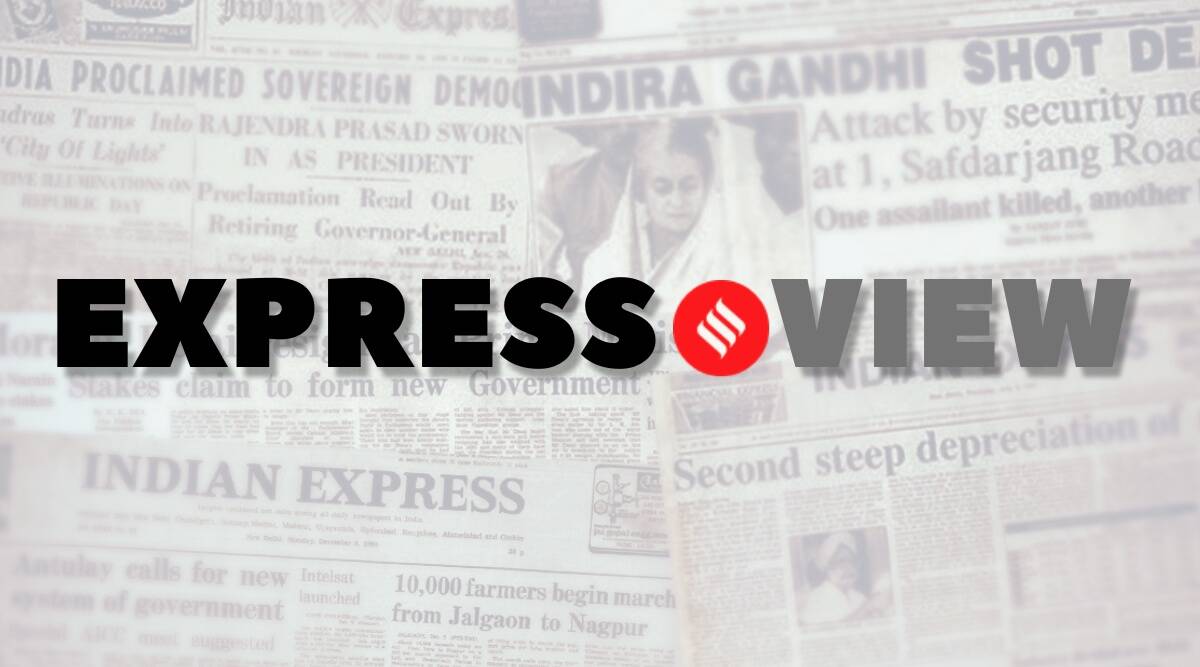 Following Powell's hawkish comments, US stock markets tumbled as investors adjusted to the new reality.
Following Powell's hawkish comments, US stock markets tumbled as investors adjusted to the new reality.Over the past few weeks, considering the trends in inflation, the view that the US Federal Reserve would ease the pace of policy tightening had begun to gain traction. Some market participants and analysts had begun to expect rate hikes of a smaller magnitude going forward. But on Friday, seeking to put an end to the uncertainty surrounding the trajectory of monetary policy, Federal Reserve chairman Jerome Powell sent an unambiguous message. Speaking at the Jackson Hole economic conference, he said that this was “not a place to stop or pause” even after hiking the rates by 2.25 percentage points, and that the Fed would “use our tools forcefully” to tackle inflation. The implications of this policy stance were clearly laid out — policy tightening will “bring some pain to households and businesses”. These, Powell said, are the “unfortunate costs of reducing inflation”. The communication from the Fed chair was clear.
Following Powell’s hawkish comments, US stock markets tumbled as investors adjusted to the new reality. Asian markets mirrored the fall on Monday — from Nikkei to Hang Seng and Kospi, all ended the day in red. The BSE Sensex also exhibited weakness, ending the day down 1.5 per cent. But alongside, the dollar index, which tracks the strength of the currency against a basket of six currencies, rose above 109 — its highest level in around 20 years — putting pressure on other currencies. On Monday, the Indian rupee fell to an all-time low during early trading. But the US Fed isn’t alone in its approach. With inflation surging, central banks across much of the developed world are expected to follow suit. The European Central Bank is widely expected to raise rates by 50 basis points in its next meeting, while the Bank of England is also expected to tighten further as inflation is likely to remain well above its comfort zone.
The tightening of financial conditions across the world will affect capital flows to emerging economies. Coupled with slowing global demand, which will impact exports, this will only deepen India’s external and internal challenges. A weaker currency will also increase risks from higher imported inflation. For an inflation targeting central bank, this will further narrow the room for manoeuvre — retail inflation, while edging lower, falling to 6.71 per cent in July, down from 7.01 per cent the month before, continues to remain above the upper limit of RBI’s inflation targeting framework. While in its most recent update the RBI had projected inflation to dip sharply in the second half of this year, trending to 5 per cent in the first quarter of the next financial year, considering the considerable economic uncertainty, the central bank must tread cautiously as it navigates this uncertain period.